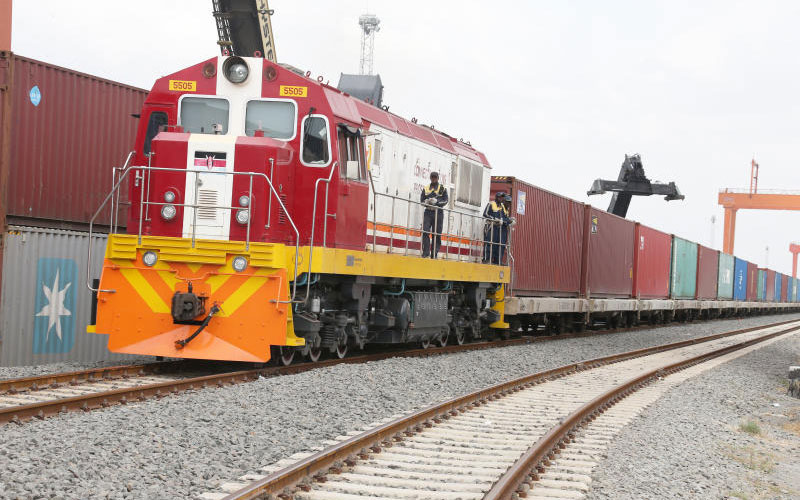×
The Standard e-Paper
Home To Bold Columnists

Residents and businessmen in Mombasa have for the past four weeks held demonstrations to protest a government directive that made it compulsory to transport all import cargo via the SGR.
Every Monday, the protestors would take the streets to decry the order, a move that they say will bring the economy at the coastal town to its knees. Last Monday was no different but only more dramatic.